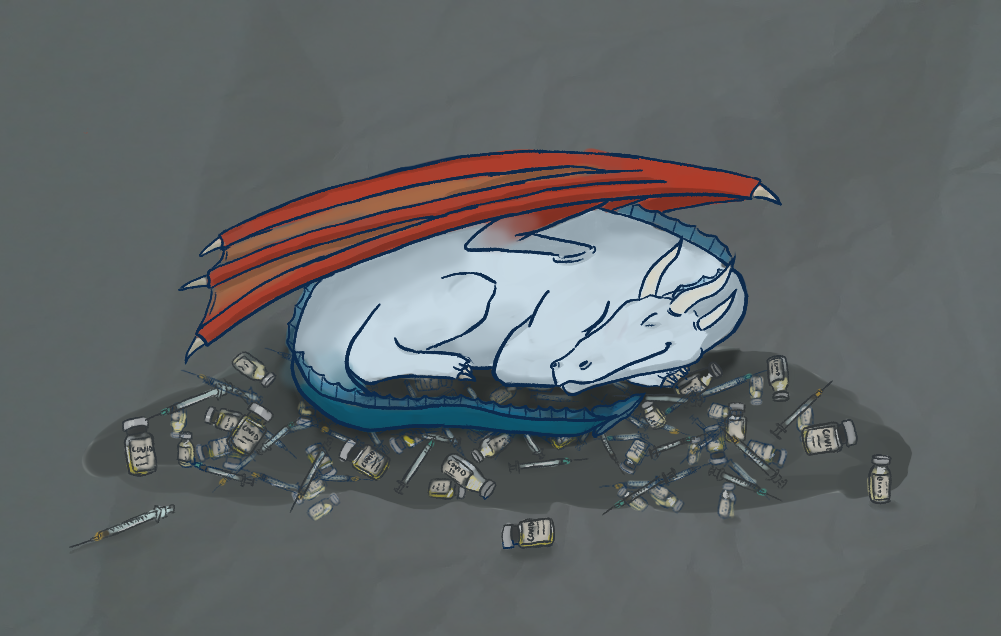Vaccine hoarding and wasting
COVID vaccines have been hoarded by high-income countries only to be thrown away while other countries suffer due to low vaccination rates.
The United States, among other high-income countries, is being both greedy and wasteful with COVID-19 vaccines and because of this, it will be much harder to fight against the pandemic on a worldwide scale.
According to the Duke Institute of Global Health, higher-income countries, such as the US, held more than 4.2 billion doses of the vaccine whereas upper middle-income countries held only 1.1 billion doses, as of Jan. 2021. That is unacceptable especially considering that the higher income countries have less population than middle-income countries.
High-income countries, while only having 16% of the world’s population, hold over 60% of the COVID-19 vaccines that have been purchased according to the Duke Institute of Global Health.
The US population is around 332.7 million people according to the Census Bureau. You may be surprised to learn that Indonesia has a population of 273.5 million people. This is fairly close to the US population, even though Indonesia is considered a middle-income country.
As of Sept. 23, the CDC has reported that 469.5 million doses of the vaccine have been delivered to the US to administer to those willing. Of those delivered doses, only 387.8 million have been actually administered. That is over 100 million doses that were delivered but have not been given to people.
In Indonesia, only 130.2 million doses of the vaccine have been administered to its population according to the New York Times COVID world vaccination tracker. That is 48 doses per 100 people, compared to the US rate of 117 per 100 people.
Why is there such a disparity in the vaccination rates of two countries with such similar populations? Why is it that 35% of those who have gotten one dose of the vaccine are from higher-income countries, according to Reuters?
Higher-income countries certainly have better infrastructure to get the vaccines delivered and they have better health care systems to manufacture and dispense them.
But then why do they insist on buying more vaccines than they need if they can distribute them easier and faster? For example, Canada “purchased enough vaccines to cover more than five times their population” said the Duke Institute of Global Health.
One reason is that the vaccines have a limited shelf-life and therefore have to be thrown away even if they are unopened. Other reasons for vaccine wastage include breakage, storage and transportation issues, or having to throw away ready-to-inject vaccines after people miss appointments.
The Pfizer vaccine can last for five days before mixing at regular fridge temperatures, between 36 and 46 degrees Fahrenheit, and only for six hours at room temperature. The Moderna vaccine can last up to thirty days at regular fridge temperatures and only 12 hours after being opened. The Johnson and Johnson vaccine can last for three months at regular refrigerated temperatures, all according to ABC.
These short shelf lives mean that vaccines have to be thrown away rather regularly. The New York Times estimates that between Dec. 2020, which is when the US started administering the vaccines, and Aug. 2021, around one million doses have been thrown away; that data is coming from only 10 states.
These wasted vaccines could have been going to other countries that simply may not be able to afford them. If instead of hoarding our vaccines we donated more to other countries, we may be able to fight the pandemic with more effectiveness. The fight against COVID won’t get any better until everyone around the world has gotten the vaccine because, as the pandemic has taught us, we are all interconnected.



